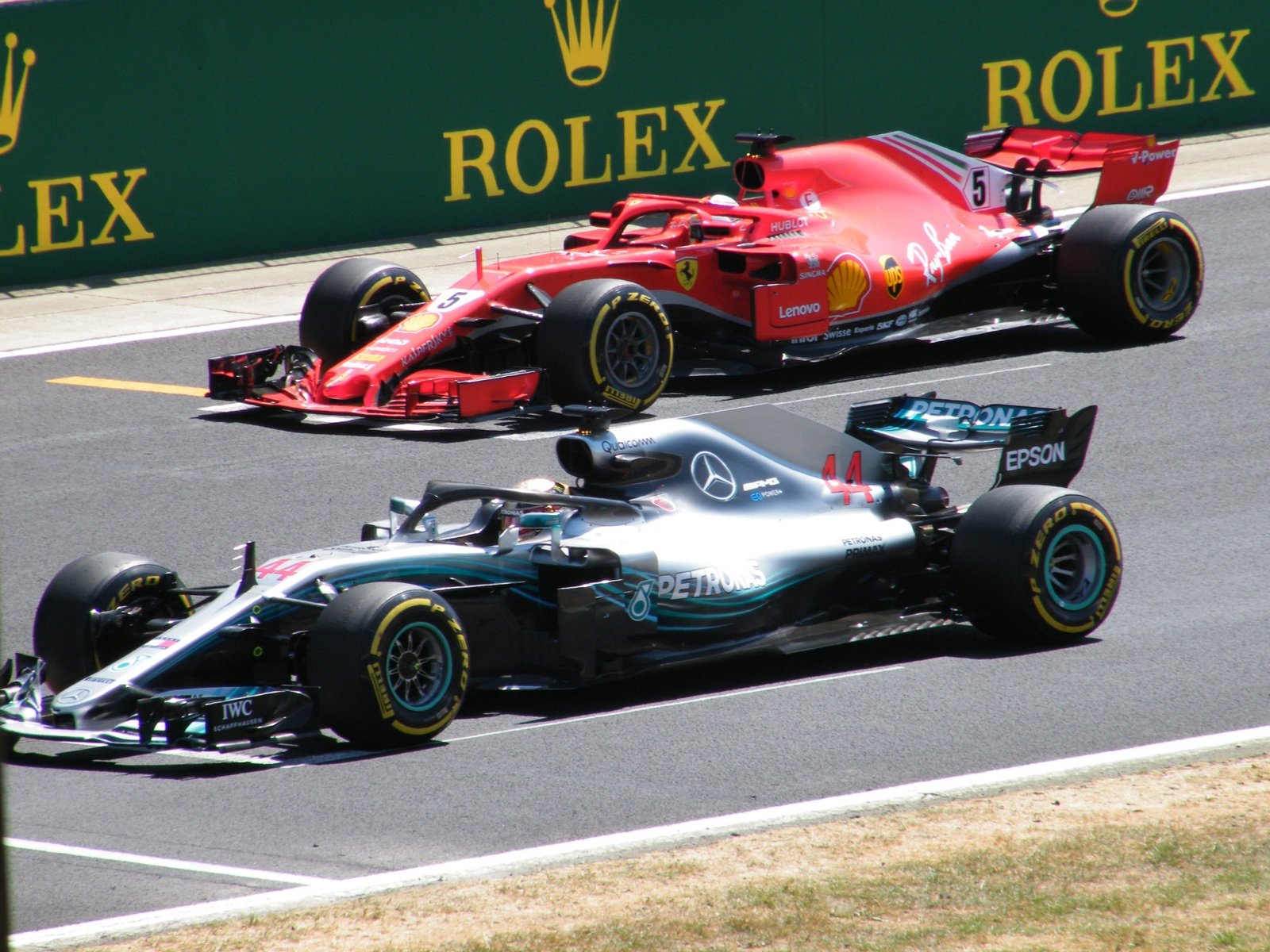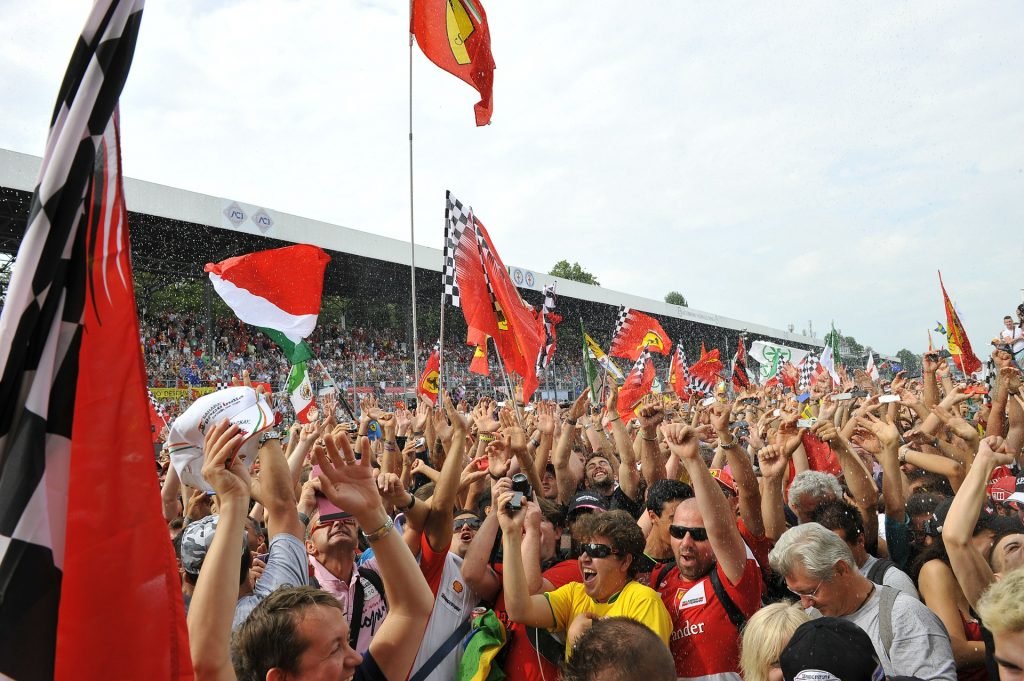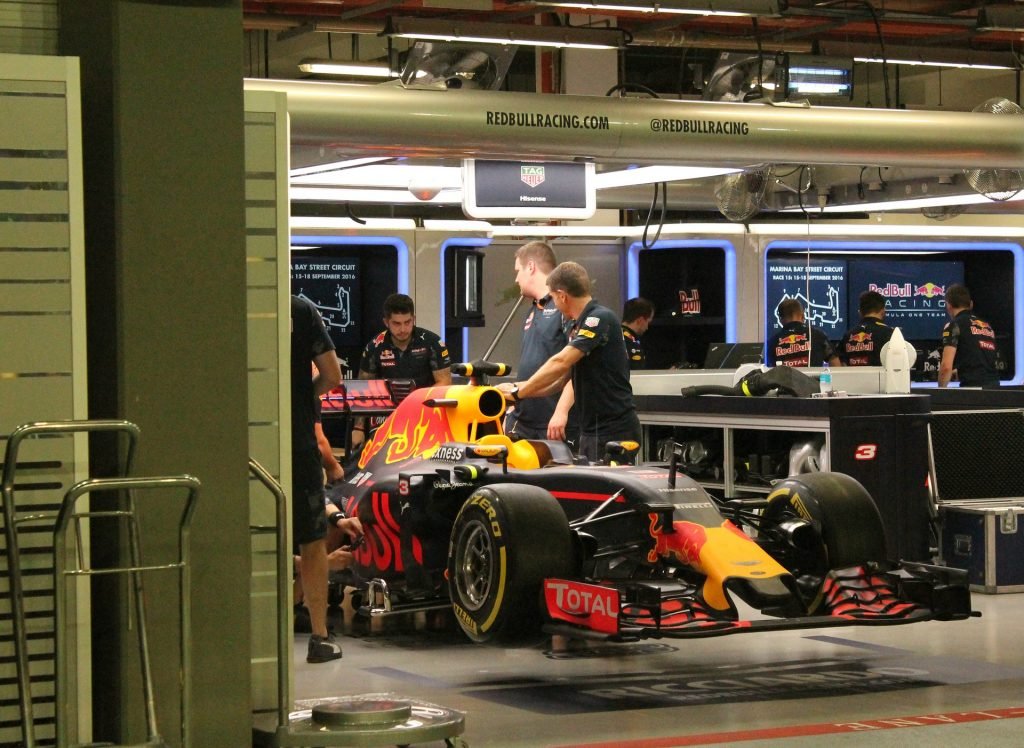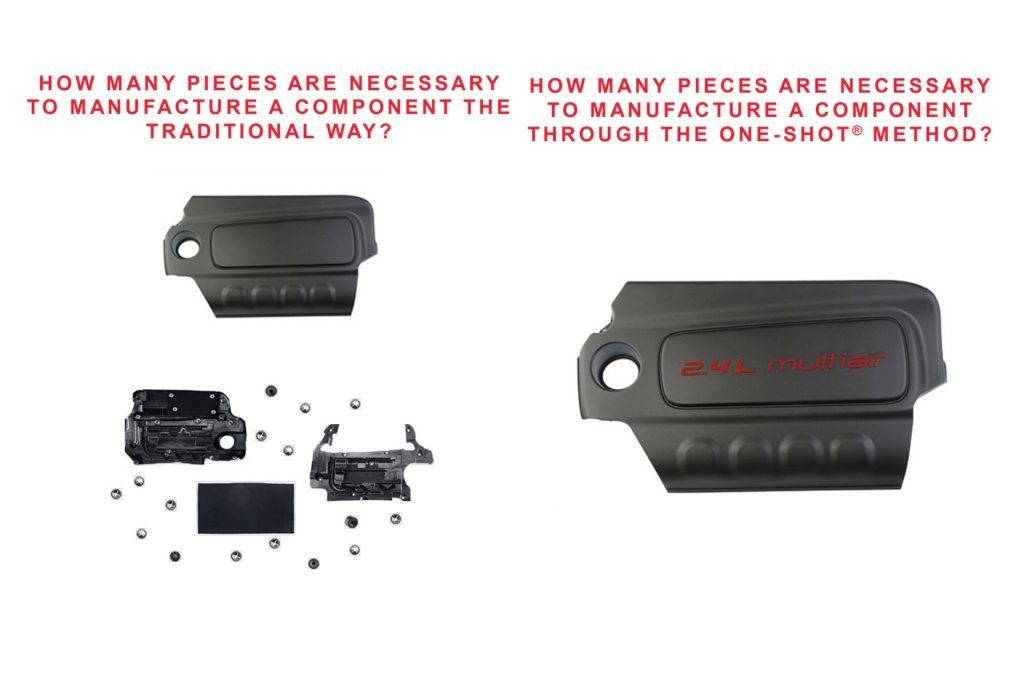Our blog
How you can win the F1 World Championship with the One-Shot® Method
How you can win the F1 World Championship with the One-Shot® Method
How you can win the F1 World Championship with the One-Shot® Method
The rules in force as of 2021 have been approved: F1 set itself objectives such as cost reduction, car body weight reduction, production simplification and materials certification.
Did the designers panic? Those that have already abandoned the traditional method and switched to the One-Shot® Method already know how they can easily reach these objectives.
Red, everywhere.
From Australia to Brazil, from Japan via Germany to Monza, obviously.
When I was a kid, I sat in front of the telly and couldn’t help noticing that wherever the GP was taking place, everywhere among the spectators one beautiful colour dominated.
Red. The Ferrari red.
Such is the power of a brand that is the symbol of the Italian excellence and a synonym for style, elegance, power and speed all over the world.
Such is the strength of a team that made the history of the F1.
At that time, Michael Schumacher kept collecting world titles, he became the ambassador of this sport and made many young (and not so young) people interested in cars. This is also partly how my own passion for cars developed.
Today’s Formula 1 is very different from back then. It underwent many changes in terms of car development, of the protagonists on the track and of rules.
Well, the latter is a crucial aspect: the rules.
At the end of a season that saw the success of an outstanding Mercedes and of the extraordinary Lewis Hamilton, the World Motor Sport Council approved the new rule book in force as of 2021.
Designers now have their “constitution” to abide by over the next decade.
Many things have changed; it’ll be a revolution.
However, what is really worth look into are the reasons why each of these changes were made.
In particular, at the introductory press conference, 3 objectives were stressed out:
- Cost reduction
- Lighter car body
- Use of sustainable and certified materials
This sounds familiar, doesn’t it?
Precisely, the F1 of the future sets itself the same objectives that were probably also set for you.
“We need to spend our budget better. Costs increased dramatically over the past years. We could no longer put off cutting costs if we are to ensure that the system is sustainable”, this is what was said.
In short, welcome to reality.
1) REDUCING COSTS
The real novelty lies in the fact that the glossy world of the F1 got to face the same issues that all of us “in the real world” must face.
They also utter words such as “sustainability” and “cost savings”.
OK, but how are they planning on reaching these objectives?
First of all, by reducing the duration of each World Championship event from 4 down to 3 days in total.
But the juiciest novelties are others.
As of 2021 a salary cap will be introduced: the maximum acceptable expense for each season will be capped and every team will have to abide by it.
And that is not all.
The number of “standard pieces” will increase, these are the car parts that are the same on each car on the track.
Why? To reduce the teams’ costs for research and development.
I think I can already hear the speech that the engineers that will develop the cars will be given.
“Well, we have less money to spend and we need to cut costs. Come up with solutions that allow us to do so, while improving the car’s performance”.
Here we are again.
I really do believe that you’ve heard these words before.
Even the F1 engineers will land in the real world. And they will be faced with the problems and the stress that you also face.
They will “only” have to find the best solutions and do so before everyone else and get the best out of what they dispose of.
Only the best among them will continue to shine. Those who will lag behind will be lost.
2) PRODUCING Lighter CARS
“The cars’ weight is expected to increase. This is a direct consequence of adding extra safety devices. The cars will be heavier, but the car makers will be able to cut costs by simplifying certain aspects. And the car bodies will be lighter.”
These are the words of Mr Ross Brawn, former Ferrari Technical Director and currently one of the managers of Liberty Media, the company that manages the F1.
This means that the engines will have to power cars that are made heavier by new safety devices.
The message that was sent out to the teams is very clear.
Do you want to run faster and save on fuel?
OK, then you must simplify production and use more lightweight parts.
What better ad for the One-Shot® Method?
This is exactly what we have been offering to our customers for years. And we also offer benefits such as:
- Less energy required for production
- Fewer emissions
- Recyclable materials
- Infinite productivity
Funny that the F1 is only just getting to this now. But the important thing is that it is getting there…
3) SIMPLIFIED PRODUCTION AND EXCLUSIVE USE OF CERTIFIED MATERIALS
“The cars will be simplified because we are keen on them not losing parts after an impact: we want sturdy cars, we are tired of races being compromised at the first impact on the track”.
Well, in the first place, to avoid losing parts in an impact, it’s better to have parts made of just one piece instead of being assembled.
This is what the One-Shot® Method does; it compresses all the steps of the traditional car part production methods into just one robotised process.
Whereas the traditional method requires 3 or more steps, with the One-Shot® Method you’ll turn raw material into a finished part in just one shot.
That’s right.
Production takes place with just one mould and just one step: no assembly and shorter time.
And that it not it.
“Exotic materials will be banned: we will identify a few that the teams will be bound to use”, stated Mr Brawn decisively.
This bit of the press conference is also perfectly in line with the One-Shot® philosophy and sets the benefits that our method already guarantees as objectives to be reached.
Finally, we all got to understand that there have to be limits to crazy experiments with materials. Because they can be dangerous, when the lives of the pilots are at stake (on the tracks).
Carrying out thorough research that leads to guaranteed results is the path that our Innovation Engineering department goes down.
“Superior Parts, Superior Cars”, as we say.
In this way we are able to produce parts that have guaranteed performances and possess all the ISO certifications.
We also invest in sustainability with the LIFE BIOBCOMPO project.

LIFE BIOBCOMPO is the project supported by the European Union and designed and run by SAPA together with CRF, FCA and SOPHIA
The objective is to reduce CO2 emissions by reducing the weight of internal and external thermoplastic parts by 8%.
Yes, by 30th June 2021 SAPA will reduce CO2 emissions per KM by 1.23kg.
How are we going to do this? Thanks to the use of new composite materials applied to the One-Shot® Method, the world’s fastest method to produce car parts patented by SAPA.
We aim at industrialising lightweight parts for the car interior and exterior by developing low-density thermoplastic bio-composites.
We want to reduce the weight and the emissions of the cars. But this is not all.
The end destination is also producing affordable composites, i.e. materials that are fully recyclable at the end of their life cycle.
THE F1 FLIES TOWARDS THE ONE-SHOT® METHOD
In full honesty, seeing that the objectives that Formula 1 is setting itself are the same ones that SAPA set itself (and then achieved) years ago makes me very proud.
If your 2020 objectives are things like:
- Cycle time up to 900% faster and 300% productivity increase
- Lower costs and better commercial performance on your budget
- Fewer emissions, more lightweight and recyclable parts in line with Horizon 2020
Then I suggest you filled in the form at the bottom of the page and we can evaluate applying the One-Shot® Method to the project you’re working on.
I don’t know whether the Ferrari red will be the colour of the F1, as it was in the past.
But I am convinced that the colour of the automotive world of the future is red, red like SAPA.
Kind regards,
Giovanni Affinita
General Manager and Member of SAPA’s Board of Directors
WOULD YOU LIKE TO FIND OUT MORE ON THE APPLICATIONS OF THE ONE-SHOT® METHOD THAT FIT YOUR REQUIREMENTS AND HAVE ENDLESS PRODUCTIVITY?
FILL IN THE FORM BELOW. WE’LL GET BACK TO YOU WITHIN 24 HOURS
Want to learn more about our one-shot® method and find out how you too can get lighter components and lower emissions?
Let's evaluate together the application of the one-shot® method to the project you are working on. fill out the form below, you will be contacted within 24 hours!




